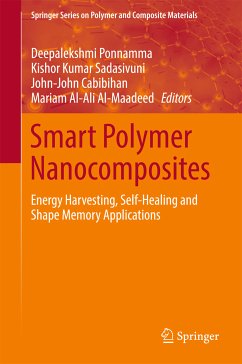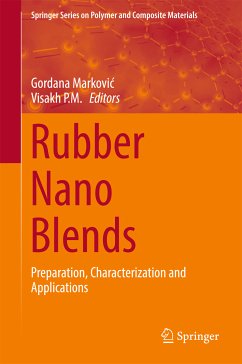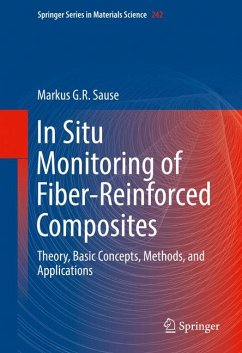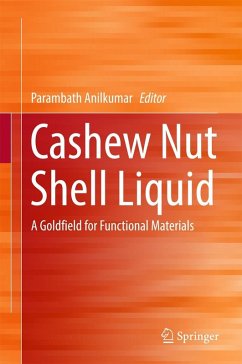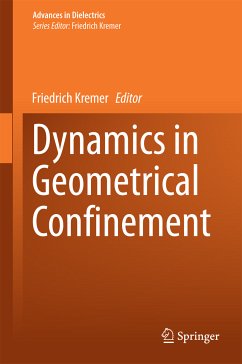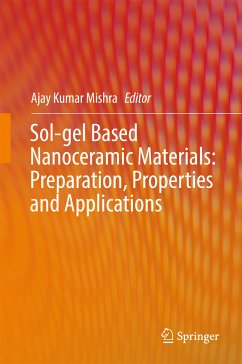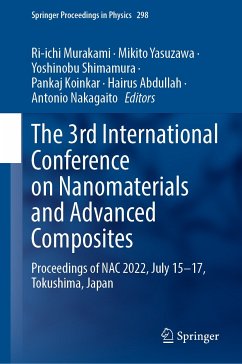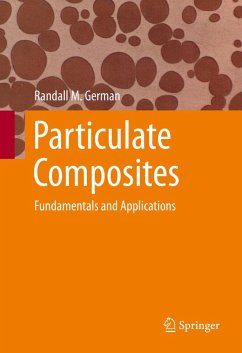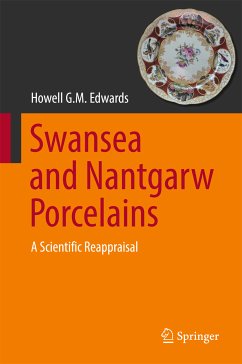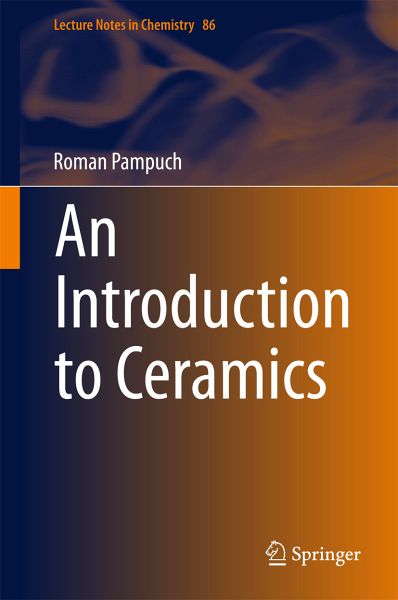
An Introduction to Ceramics (eBook, PDF)
Versandkostenfrei!
Sofort per Download lieferbar
72,95 €
inkl. MwSt.
Weitere Ausgaben:

PAYBACK Punkte
36 °P sammeln!
This book embraces both traditional and advanced ceramics produced from synthetic or deeply transformed natural raw materials. Following the path of ceramic innovation, this introduction explains electric properties of ceramic conductors, like high-temperature superconductors, reflects on the interaction of material and electromagnetic radiation, presents the importance of voids and defects in the material, and provides an outlook on most recent developments in the field of ceramics, such as smart or self-healing materials . It provides a quick grasp of the main points of ceramic thinking and ...
This book embraces both traditional and advanced ceramics produced from synthetic or deeply transformed natural raw materials. Following the path of ceramic innovation, this introduction explains electric properties of ceramic conductors, like high-temperature superconductors, reflects on the interaction of material and electromagnetic radiation, presents the importance of voids and defects in the material, and provides an outlook on most recent developments in the field of ceramics, such as smart or self-healing materials . It provides a quick grasp of the main points of ceramic thinking and is an ideal starting point for students in the field of chemistry, materials science or solid state physics.
Dieser Download kann aus rechtlichen Gründen nur mit Rechnungsadresse in A, B, BG, CY, CZ, D, DK, EW, E, FIN, F, GR, HR, H, IRL, I, LT, L, LR, M, NL, PL, P, R, S, SLO, SK ausgeliefert werden.





